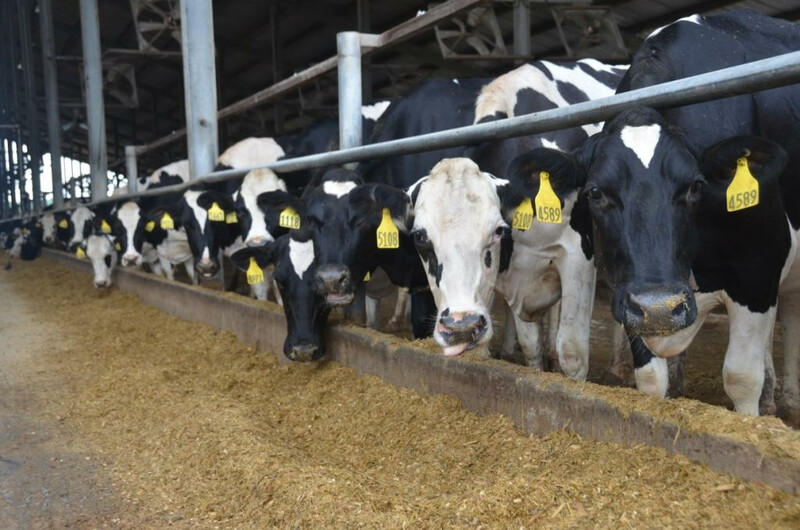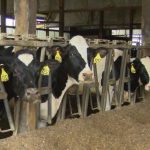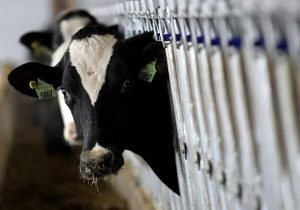
The Foundation for Food and Agriculture Research (FFAR) and Council on Dairy Cattle Breeding (CDCB) both gave out awards of $1 million, helping fund a total of $2 million in research grants. In addition to Michigan State there are four other collaborating institutions in the research including the University of Wisconsin, Iowa State University, University of Florida, and USDA Animal Genomics Improvement Laboratory.
Previous research from 2010 by Michigan State research sponsored by USDA’s National Institute of Food and Agriculture (NIFA) revealed that breeding for more feed-efficient cows could save the U.S. dairy sector $540 million a year with no loss in milk production.
The goal of the new research project is to collect sufficient data from a large enough group of cows to develop reliable genomic breeding values for feed intake. For this study, 3,600 will be analyzed and measured for feed intake, milk production, body weight and other information. Their statistics will add to the existing database created as part of the previous USDA NIFA project.
The research team led by Michael VandeHaar, a professor at Michigan State specializing in dairy nutrition, will utilize sensor technologies to monitor dairy cows’ body temperature, feeding behavior and locomotion. Cows will also be measured for milk spectral data, which will help predict feed intake. Additionally, evaluations will be done to determine if genetic evaluations can help predict if methane emissions can be reduced in dairy cattle.
“I am excited about this project. We have a great group of geneticists and nutritionists working together to collect intake and sensor data on 3,600 cows from five locations,” VandeHaar says. “Our project will enhance the reliability of feed intake breeding values and enable inclusion of feed costs as a trait in Net Merit. We also expect that our predicted feed intake index can be used for making culling and breeding decisions.”
Ultimately, the CDCB plans to provide genomic evaluations for residual feed intake in 2020. This would help dairy producers around the world have better predictors for feed efficiency in their genetic selection protocols and influence management decisions.
Having better feed efficiency also translates into improving dairy’s carbon footprint. According to the Innovation Center for U.S. Dairy, feed production accounts for approximately 20% of greenhouse gas emissions for every gallon of milk produced. By increasing feed efficiency this will reduce the amount of feed needed to produce milk, resulting in a lower footprint. There could also be reduced emissions from lower manure production and improved digestion.
“Breeding cows for enhanced feed efficiency reduces rising feed costs on dairy farms, which could increase dairy farmers profitability and improve the competitiveness of the U.S. dairy industry,” says Sally Rockey, FFAR’s executive director. “Improving dairy cows feed intake will reduce greenhouse gas emissions while producing more feed-efficient cows, more profitable herds and a more sustainable dairy sector that is prepared to meet global food demands.”























